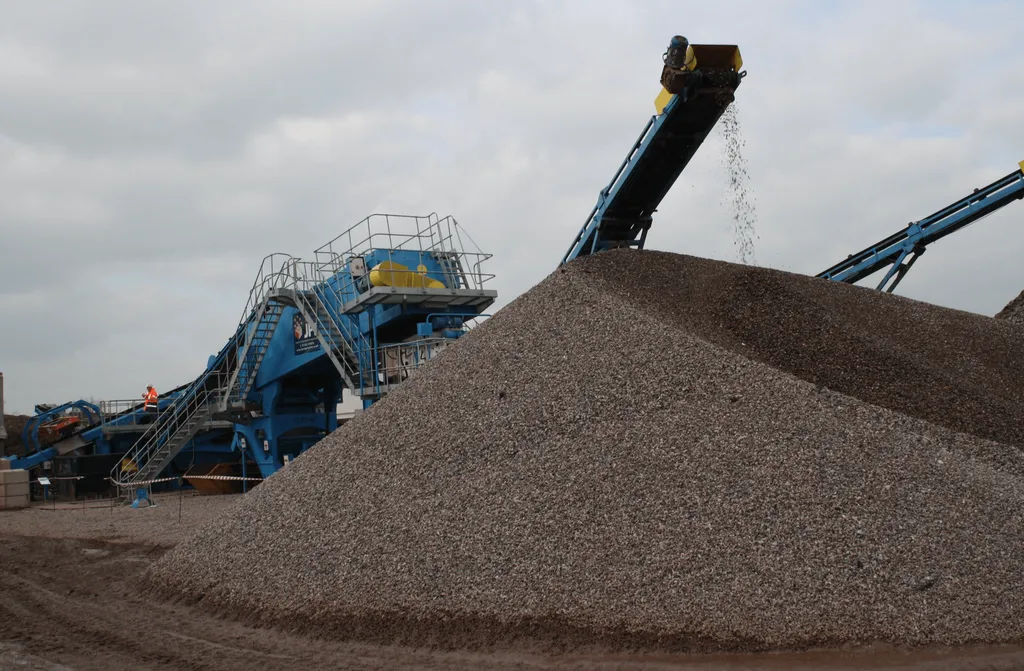In the quest for sustainable construction, a recent study published in *Case Studies in Construction Materials* (translated from Turkish as *Case Studies in Building Materials*) offers a promising alternative to conventional concrete. Led by Zehra Funda Akbulut from the Department of Mining Engineering at the University of Van Yüzüncü Yıl in Turkey, the research delves into the properties and potential of recycled aggregate concrete (RAC), a material that could revolutionize the construction industry.
The construction sector is under increasing pressure to reduce its environmental impact, and RAC presents a compelling solution. By utilizing aggregates sourced from construction and demolition waste, RAC not only conserves natural resources but also reduces landfill waste and mitigates carbon emissions. “The incorporation of recycled aggregates into concrete is a significant step towards achieving a circular economy in construction,” Akbulut explains.
However, the journey towards widespread adoption of RAC is not without challenges. The quality of recycled aggregates can vary, and they often have higher water absorption rates and adhered mortar, which can affect the workability, strength, and durability of the concrete. Akbulut’s research comprehensively examines these issues, highlighting key strategies to improve RAC quality. These include pre-treating recycled aggregates, using supplementary cementitious materials like fly ash and silica fume, and incorporating fiber reinforcement to enhance mechanical and durability performance.
The environmental benefits of RAC are substantial. Life Cycle Assessment studies cited in the research demonstrate that RAC significantly reduces embodied energy and greenhouse gas emissions. This aligns with the principles of the circular economy, where waste is minimized, and resources are kept in use for as long as possible.
Despite these advantages, several barriers hinder the widespread application of RAC. Inconsistent standards, lack of awareness among stakeholders, and uncertainties in performance prediction are among the key challenges. Akbulut’s research identifies critical research gaps, particularly in the development of reliable mix design methods, long-term field performance evaluations, and innovative recycling technologies.
The implications for the energy sector are significant. As the construction industry seeks to reduce its carbon footprint, the adoption of RAC could lead to a substantial decrease in energy consumption and emissions. This shift could also drive innovation in recycling technologies and create new commercial opportunities for companies specializing in sustainable construction materials.
Akbulut’s research underscores the need for targeted research and standardized quality control measures to fully realize the potential of RAC. “With the right investments and policies, recycled aggregate concrete can become an integral part of sustainable construction practices worldwide,” she asserts.
As the construction industry continues to evolve, the insights from Akbulut’s research could shape future developments, paving the way for a more sustainable and circular construction sector. The journey towards sustainable construction is complex, but with innovative solutions like RAC, the industry is taking significant strides forward.

